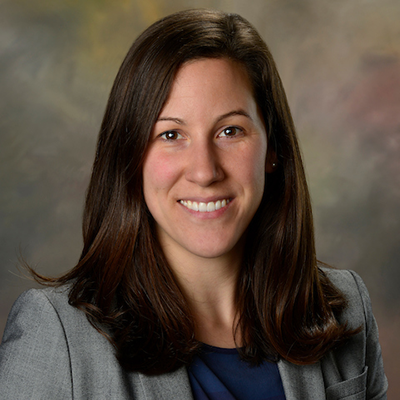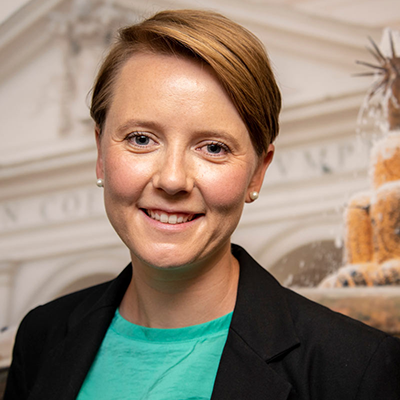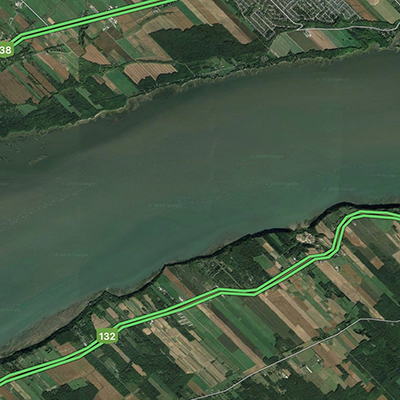
Gaming/Gamificaton
Jakita Thomas, Philpott Westpoint Stevens Associate Professor, Computer Science and Software Engineering

ArcGIS StoryMaps
Stephanie Rogers, Professor, Geosciences

360° Photos and Videos
Lacey Armstrong, Executive Director, Joseph S. Bruno Auburn Abroad in Italy Program

Google Maps and Google Earth
Andy Gillespie, Assistant Provost for International Programs

The seigneurial pattern of land ownership, with narrow strips of land extending from rivers, once the primary means of transporting goods to market, can still be seen today in land use patterns around Quebec, Canada.

Virtual Tours
Lacey Armstrong, Executive Director, Joseph S. Bruno Auburn Abroad in Italy Program